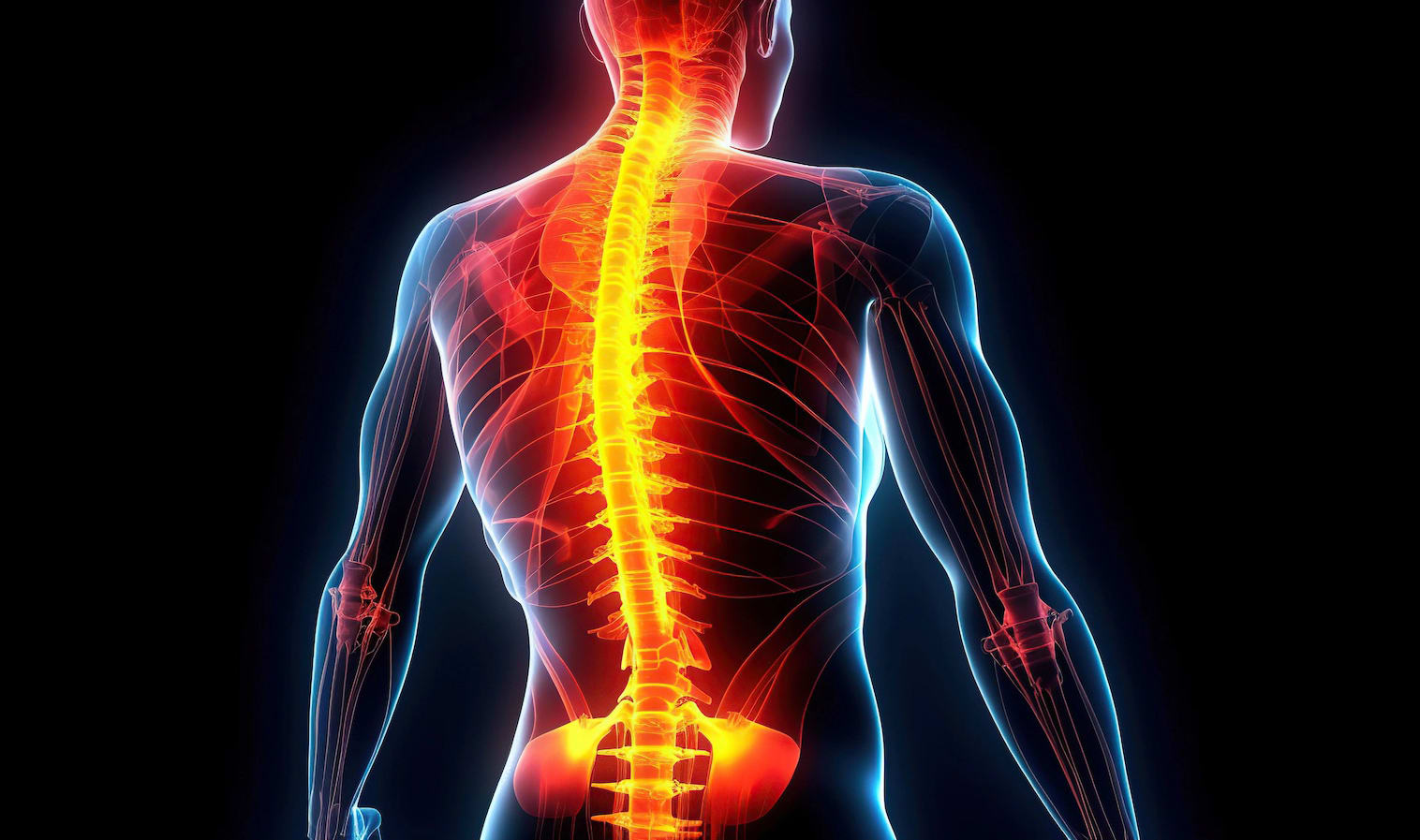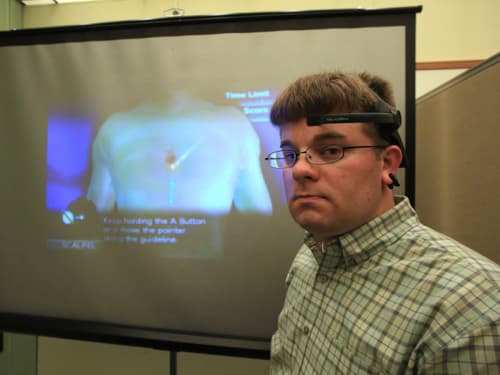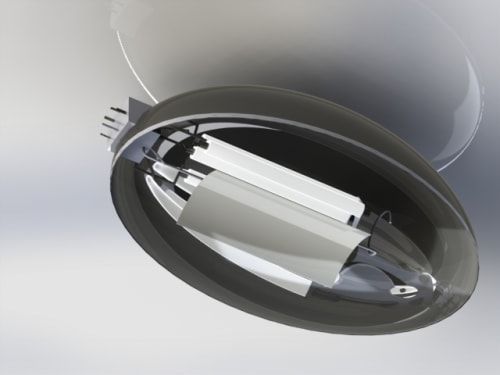The 2025 Contest is Now Open for Entries!
Submit your best new product ideas in any of seven categories for a chance at $25,000 USD and other great prizes. Here’s how to get started.
Help build a better tomorrow
Since Tech Briefs magazine launched the Create the Future Design contest in 2002 to recognize and reward engineering innovation, over 15,000 design ideas have been submitted by engineers, students, and entrepreneurs in more than 100 countries. Join the innovators who dared to dream big by entering your ideas today.
Read About All the 2024 Winning Inventions

Special Report spotlights the eight amazing winners in 2024 as well as honorable mentions in each category, plus the top ten most popular entries as voted by our community.
Click here to read moreA ‘Create the Future’ Winner Featured on ‘Here’s an Idea’
Spinal cord injury affects 17,000 Americans and 700,000 people worldwide each year. A research team at NeuroPair, Inc. won the Grand Prize in the 2023 Create the Future Design Contest for a revolutionary approach to spinal cord repair. In this Here’s an Idea podcast episode, Dr. Johannes Dapprich, NeuroPair’s CEO and founder, discusses their groundbreaking approach that addresses a critical need in the medical field, offering a fast and minimally invasive solution to a long-standing problem.
Listen nowThank you from our Sponsors
“At COMSOL, we are very excited to recognize innovators and their important work this year. We are grateful for the opportunity to support the Create the Future Design Contest, which is an excellent platform for designers to showcase their ideas and products in front of a worldwide audience. Best of luck to all participants!”
— Bernt Nilsson, Senior Vice President of Marketing, COMSOL, Inc.
“From our beginnings, Mouser has supported engineers, innovators and students. We are proud of our longstanding support for the Create the Future Design Contest and the many innovations it has inspired.”
— Kevin Hess, Senior Vice President of Marketing, Mouser Electronics
contest/2015
2015
NASA’s Langley Research Center has developed a technology at the forefront of a new generation of computer and video game environments that train valuable mental skills, beyond eye-hand coordination, for the personal improvement, not just the diversion, of the user.
NASA Langley researchers, in work spanning more than a decade, have developed a portfolio of technologies for low-temperature gas catalysis. Originally developed to support space-based CO2 lasers, the technology has evolved into an array of performance capabilities and processing approaches, with potential applications ranging from indoor air filtration to automotive catalytic converters and industrial smokestack applications.
NASA Langley has developed a novel method of depositing metal and metal oxide nanoparticles onto various substrates (see ACS Nano, 3(4), 871–884 [2009]). It is rapid, scalable, and green since it does not require reducing agents or solvents. The process involves first mixing and then heating a metal salt (usually an acetate) with the desired substrate.
NASA’s Langley Research Center has developed a Floating Ultrasonic System for improved nondestructive testing. Most ultrasonic scanners require an external liquid coupling agent (e.g., water, gel, oil) to make a good contact between the probe and the surface being scanned. However, some surfaces are sensitive to moisture and/or contamination created by these agents.
Hurricanes- the natural disasters are the major threats to our mankind. Up to now we are predicting the way of hurricane and time of happening but we are not stopping it. The solution for this problem is hidden in nature itself. In the near future we can stop it by using solar power.
Most consumed places in electrical energy consumption, is the most necessary system regarding social and individual safety, so smart application and management can highly save energy consumption.
In order to produce gas light bulbs, which are mostly assembled, first the light bulb is produced at light bulb production factory in different types (sodium-vapor lamp, mercury vapor lamp,
To reduce radiation explosure to human body from mobile devices and mobile network tower, a wireless hub connecting all devices using mobile networking through wifi and act as medium between device and network tower
Nowadays there are lots of problem caused by mobile network radiation and it cause harm to the human body,
In today's world, almost everybody has experienced foot pain from shoes. Shoe misfits are often the root of foot problems. As shoes come in standard sizes/shapes only, our own feet have to compromise to the shoe’s pre-designed configuration. When shoes fail to fit properly, they can cause abrasions and contusions that develop into painful corns, mallet toes,
Magnetic Repulsive piston engine system and operating method for a vehicle is theoretically formulated. Basic theory for the engine is proposed and model for the proposed Vehicle is theoretically constructed with its working. It generally consists of superconductor (SC) and electromagnets for the vehicle and in theory electromagnets(EM) are substituted with natural Magnet(NM)for actuation of piston in the model.
In the world, there are many rules and regulations made by the government, but no one is ready to follow the rules. We focus on traffic rules in this project. When we take a survey regarding death in accidents, it is because of HEAD INJURY. That is mainly because of not wearing a helmet.
As a engineer,
Page 45 of 89
















